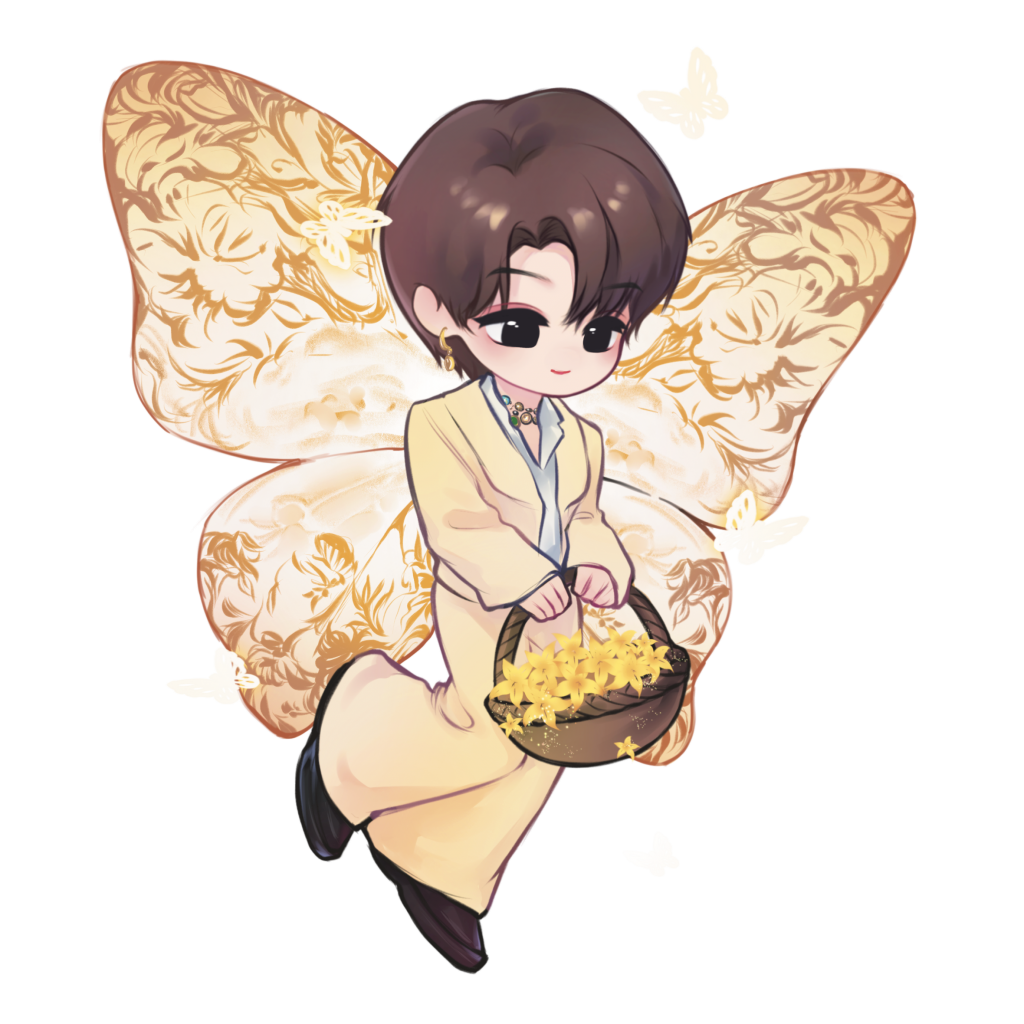“What? Why? How? What if?”
What:
Question: How can we keep Nüshu alive through combining it with digital art among young generation in china?
Nüshu is a women’s-only script that was passed down from mothers to their daughters in feudal-society China. Many of these women were illiterate, and to learn Nüshu, they would simply practise copying the script as they saw it. Over time, Nüshu gave rise to a distinct female culture that still exists today.
Though Nüshu is now understood as a means of communication for women who had not been afforded the privileges of reading and writing in Chinese, it was originally believed to be a code of defiance against the highly patriarchal society of the time. Historically, it was not socially acceptable for Chinese women to openly talk about personal regrets, the hardships of agricultural life or feelings of sadness and grief. Nüshu provided an outlet for the women and helped to create a bond of female friendship and support that was of great importance in a male-dominated society.
Remarkably, for hundreds or possibly even thousands of years, this unspoken script remained unknown outside of Jiangyong, and it was only learned of by the outside world in the 1980s.
Why:
Nüshu shows the wisdom and power to create their own unique language when women were forbidden to receive education in ancient times. It’s the only script that was passed down from mothers to their daughters and practiced among women in feudal-society China.
For the world, it provides academic, aesthetic, social and economic value. Personally, it shows the wisdom and strength of women at that time, I want to convey the story and the spirit behind it to the young generations to keep the language and the culture alive.
How: (Intervention)
Background, culture and history research (22 April to 15 June)
Intervention on class, I asked some of our classmates and tutors to copy the shape of the women script because the women study Nüshu at that time also through copying it at first, in order to let more people participate in it.(13 May)
Action research in the home of Nüshu (Hunan Province Jiangyong) about the museum and the school of Nüshu, communicate with those who study or use this language today.(16 June to 17 July )
Interview questions :
What does Nüshu mean to you? How did you learn this language?Study process? Do you have a memorable learning situation? What do you think is the significance of studying Nüshu in the new era?…
Hold workshops or pop up events on street or at schools to encourage young generation to know about the story through copywriting.
Use digital art(3D modeling/AR) to make the story more visually interesting and easier to read or understand. (18 July to 15 August)
What If:
Although Nüshu is an intangible cultural heritage of China, there are still many people who even do not know about this script at all, and I hope that through this project, Keep the language and the culture alive.
Also raise the national awareness of the education of these culture and history to young generations. For women, it can boost their self-confidence and sense of self-identity, for men they can be aware of this language and also show their respect to the wisdom of the women at that time. At the same time, for those people who do not grow up in that culture background, they can still enjoy the aesthetic and artistic value of the script.

